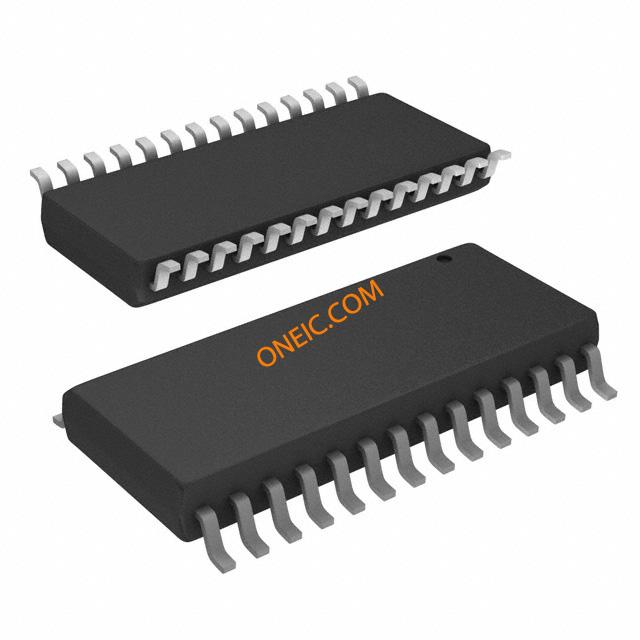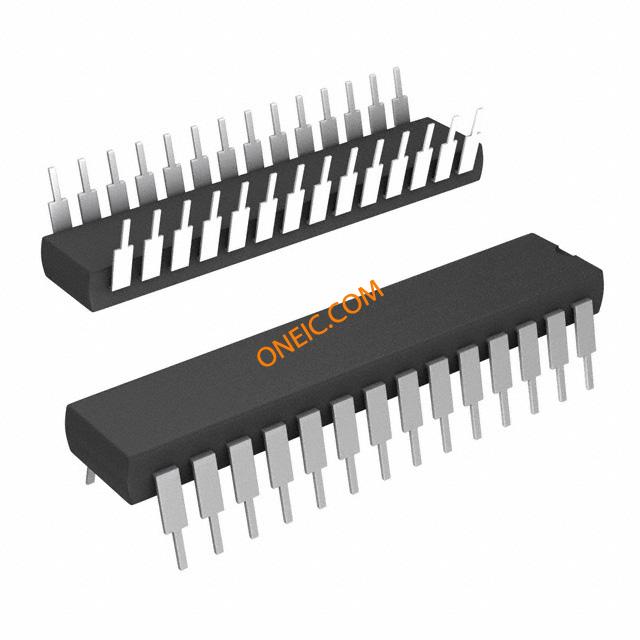PIC16F872-I
8-bit PIC microcontrollers with flash memory, 28-pin packages, and 20MHz speed
Manufacturer: microchip
series introduction
# Introduction to the PIC16F872 - I Product Series
## 1. Overview
The PIC16F872 - I is a highly regarded member of the Microchip Technology's PIC16F family of 8 - bit microcontrollers. Renowned for its versatility, performance, and cost - effectiveness, this product series has found widespread use in a diverse range of applications, from consumer electronics to industrial control systems.
## 2. Key Features
### 2.1 CPU and Memory
- **CPU Architecture**: The PIC16F872 - I is built around a high - performance RISC (Reduced Instruction Set Computing) CPU. This architecture simplifies the instruction set, enabling faster execution times and lower power consumption compared to complex instruction set computers (CISC). With a large number of single - cycle instructions, it can perform operations quickly, making it suitable for time - critical applications.
- **Program Memory**: It comes equipped with 8KB of Flash program memory. Flash memory is non - volatile, which means that the program code stored in it is retained even when the power is turned off. This allows for easy reprogramming during development and field upgrades, providing flexibility for product evolution.
- **Data Memory**: The device features 368 bytes of RAM (Random Access Memory). This data memory is used for storing variables, intermediate results, and other data that the CPU needs to access quickly during program execution.
### 2.2 Peripherals
#### 2.2.1 Timers
- **Timer0**: A general - purpose 8 - bit timer/counter. It can be used for a variety of tasks such as generating time delays, measuring time intervals, and as a real - time clock in simple applications. It has an 8 - bit prescaler that allows for a wide range of timing options.
- **Timer1**: A 16 - bit timer/counter with a built - in oscillator. Timer1 can be used for more precise timing requirements, such as in communication protocols where accurate baud rate generation is necessary. It can also be used in conjunction with external crystal oscillators for high - accuracy timing.
- **Timer2**: An 8 - bit timer/counter with a 16 - bit period register. Timer2 is often used for generating PWM (Pulse Width Modulation) signals, which are essential for controlling the speed of motors, adjusting the brightness of LEDs, and other applications that require analog - like control using digital signals.
#### 2.2.2 Communication Interfaces
- **USART (Universal Synchronous/Asynchronous Receiver/Transmitter)**: This interface allows the PIC16F872 - I to communicate with other devices using both synchronous and asynchronous serial communication protocols. It is commonly used for connecting to computers, sensors, and other microcontrollers, enabling data transfer over long distances.
- **SPI (Serial Peripheral Interface)**: A high - speed synchronous serial communication interface. SPI is used for communicating with external devices such as EEPROMs, ADCs (Analog - to - Digital Converters), and DACs (Digital - to - Analog Converters). It supports full - duplex communication, allowing for fast data transfer between the microcontroller and the peripheral devices.
- **I²C (Inter - Integrated Circuit)**: A multi - master, multi - slave serial communication protocol. I²C is widely used for connecting low - speed peripherals such as sensors, real - time clocks, and EEPROMs. It uses only two wires (SDA - Serial Data Line and SCL - Serial Clock Line), which simplifies the hardware design.
#### 2.2.3 Analog - to - Digital Converter (ADC)
The PIC16F872 - I features a 10 - bit ADC with up
Images for reference

28-SOIC

28-DIP

28-DIP